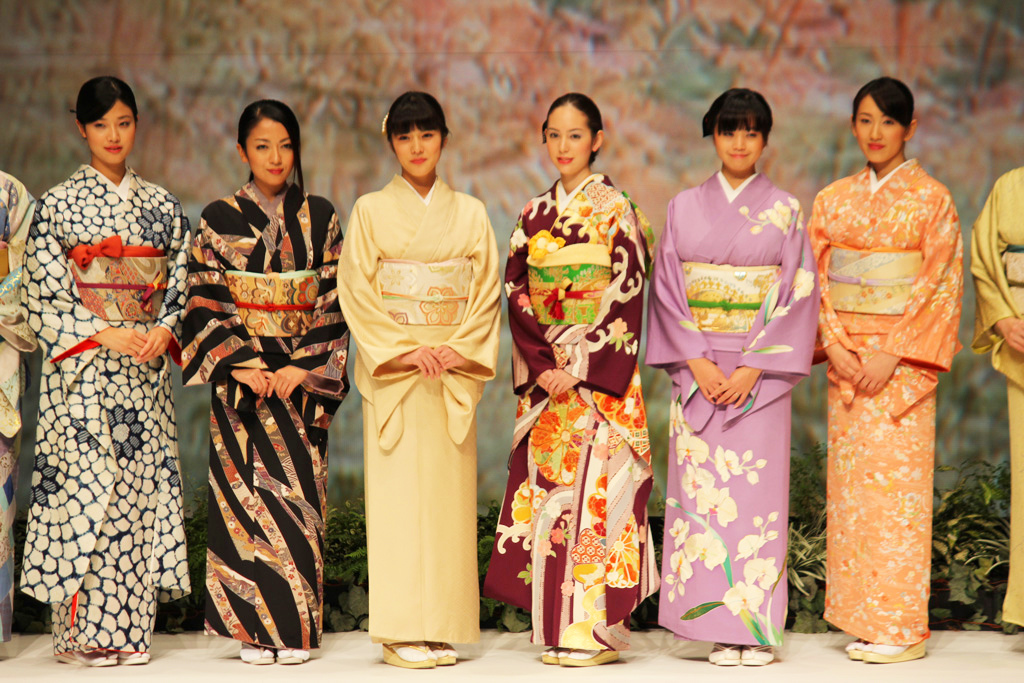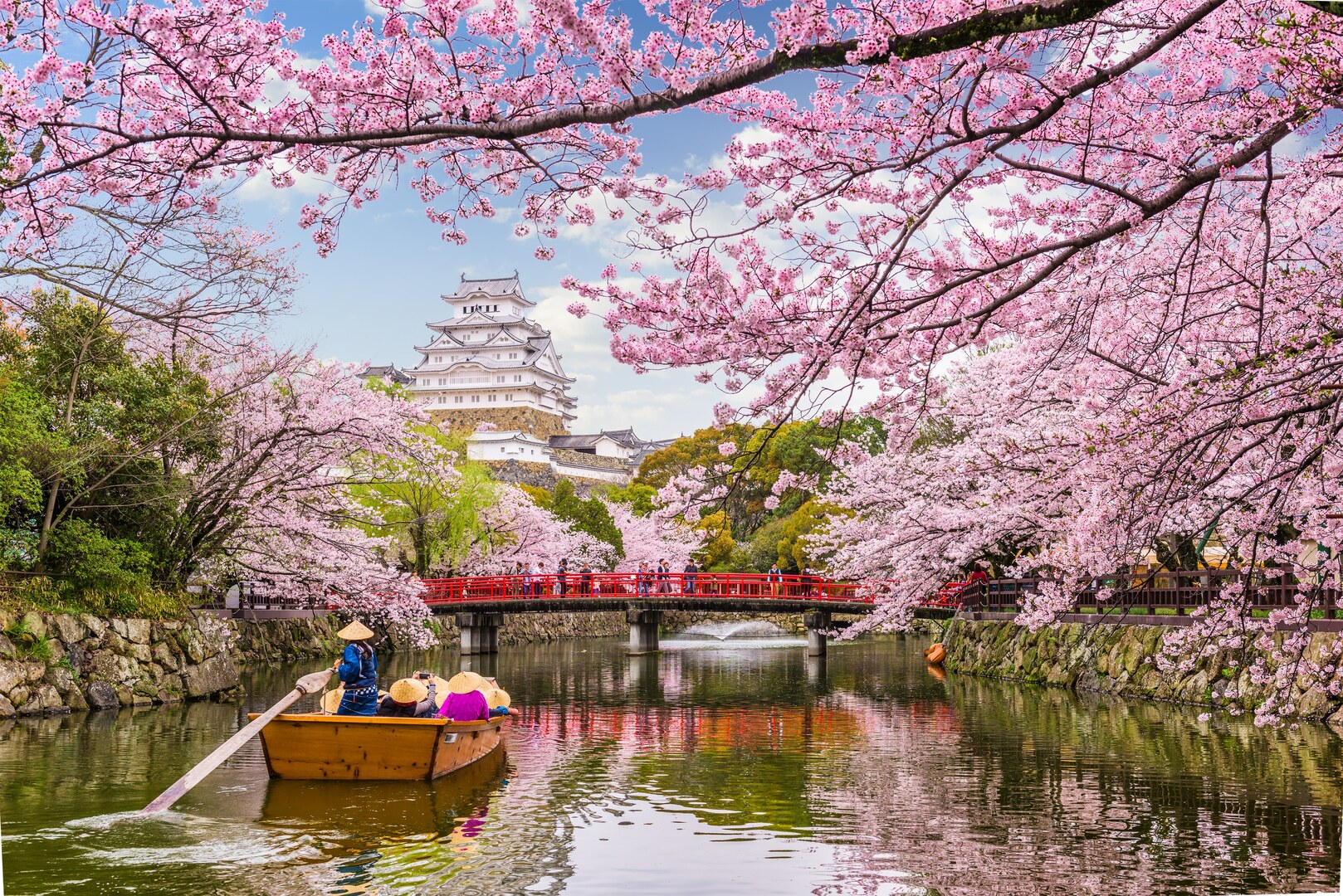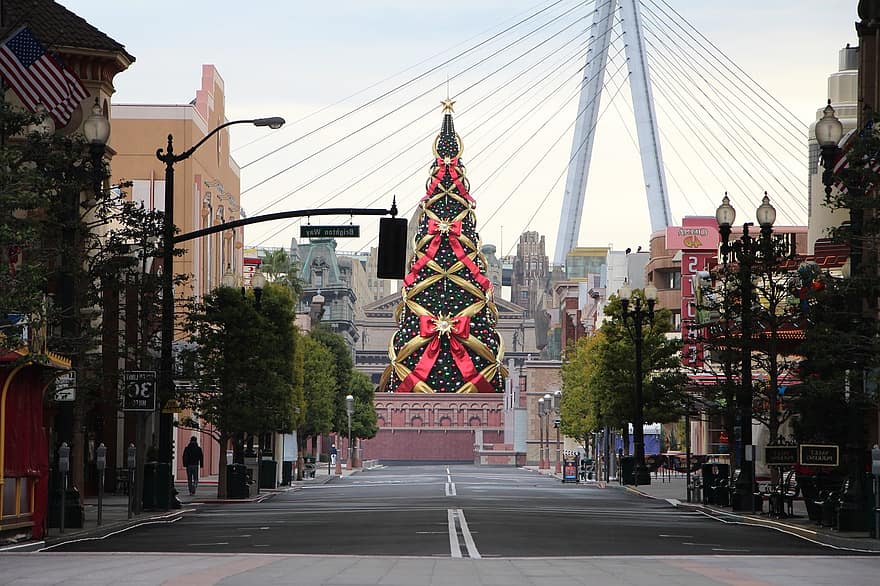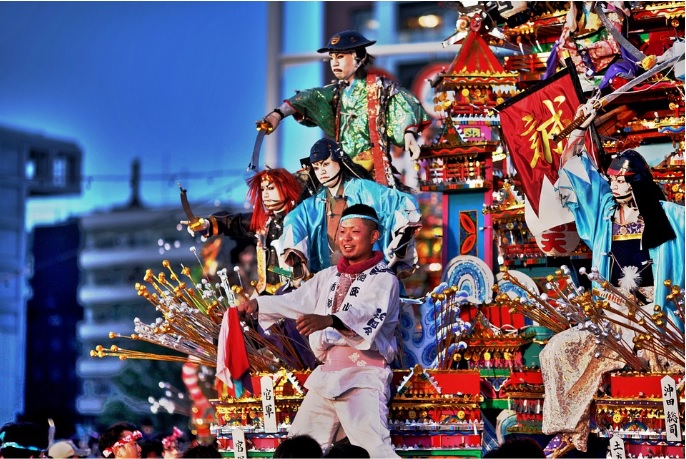
If someone asked you to name one thing from Japan, you'd probably include the Kimono. The Japanese are famous for their national costume called the Kimono, which is worn by both men and women alike. The word literally means "a thing to wear": ki means 'wear' and mono means 'thing'.
It all began during the Nara period (710-794), the Japanese typically wore clothes consisting of separate upper and lower garments, such as trousers or skirts, or one-piece garments. When the Heian period came along, a new kimono-making technique was made. It's known as the straight-line-cut method, which involves cutting pieces of fabric in straight lines and sewing them together. Thanks to this technique, kimono makers did not have to worry about the shape of the customer's body.
As time went by, the practice of wearing kimonos in layers came into fashion, and the Japanese began paying attention to how different colors would go together. Usually, color combinations represented either seasonal colors or the political class a person belonged to.
During the Kamakura period (1192 - 1338) and the Muromachi period (1338 - 1573), both men and women wore brightly colored kimonos. Warriors dressed in colors that represented their leaders, there would even be times where the battlefield became a fashion show.

By the time of the Meiji period (1868-1912), Japan was heavily influenced by foreign cultures. The government encouraged people to adopt Western clothing and habits. Government officials and military personnel were required to wear Western clothing for formal functions (that law is no longer in effect today). As for regular citizens, wearing kimonos on formal occasions were required to use garments decorated with the wearer's family crest.

In this day and age, Japanese people rarely wear kimonos in everyday life. They usually wear them only during weddings, funerals, tea ceremonies, or special town festivals.





